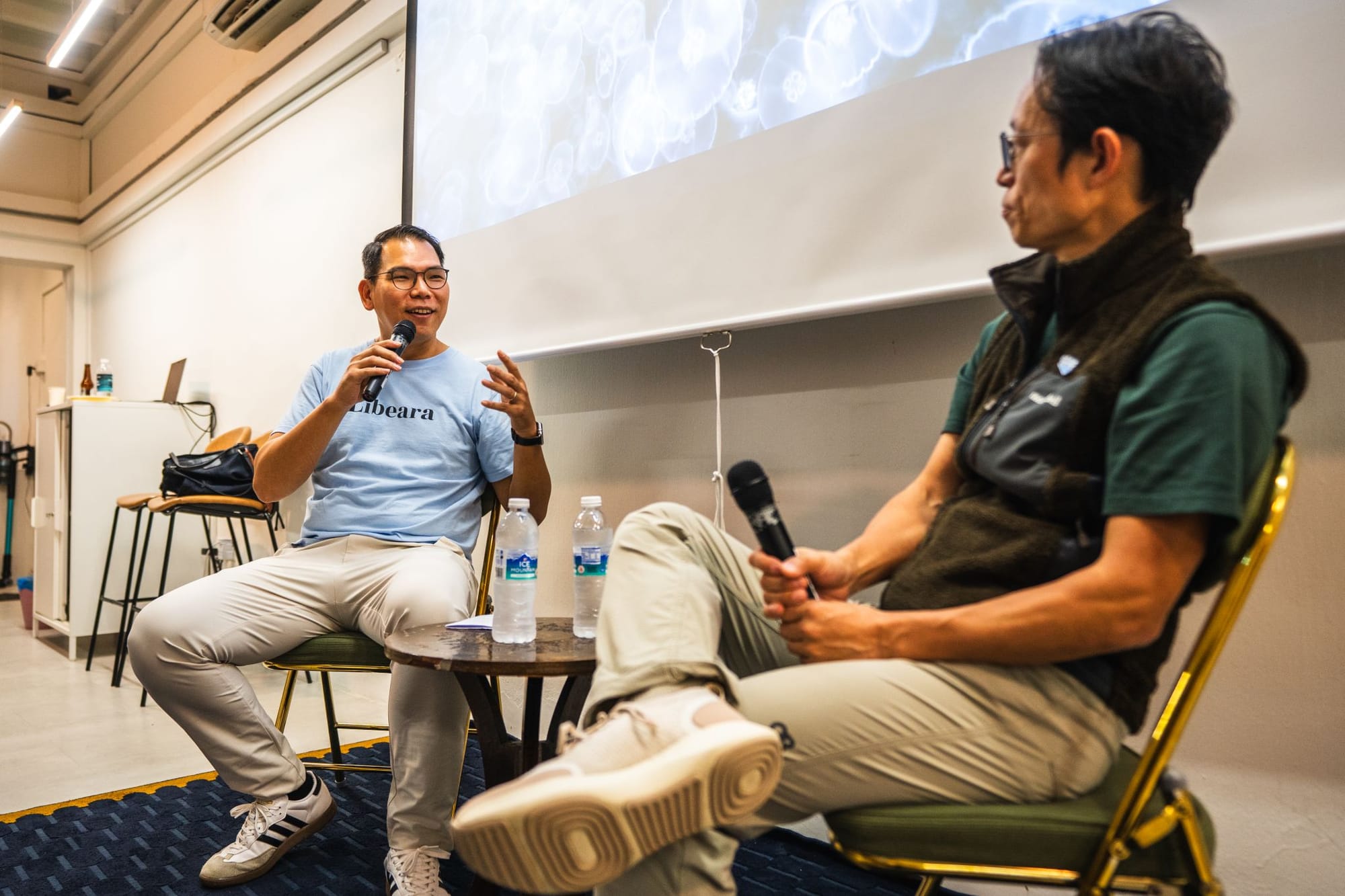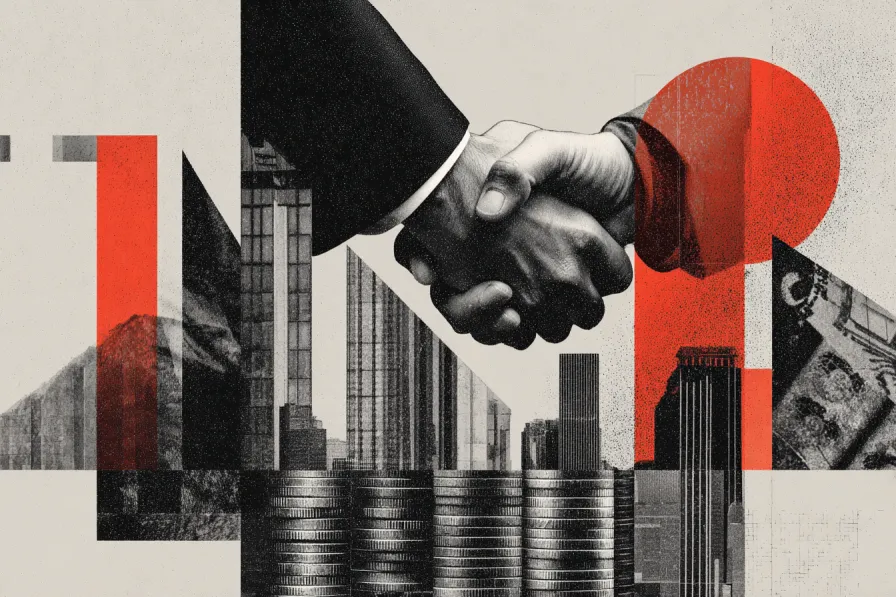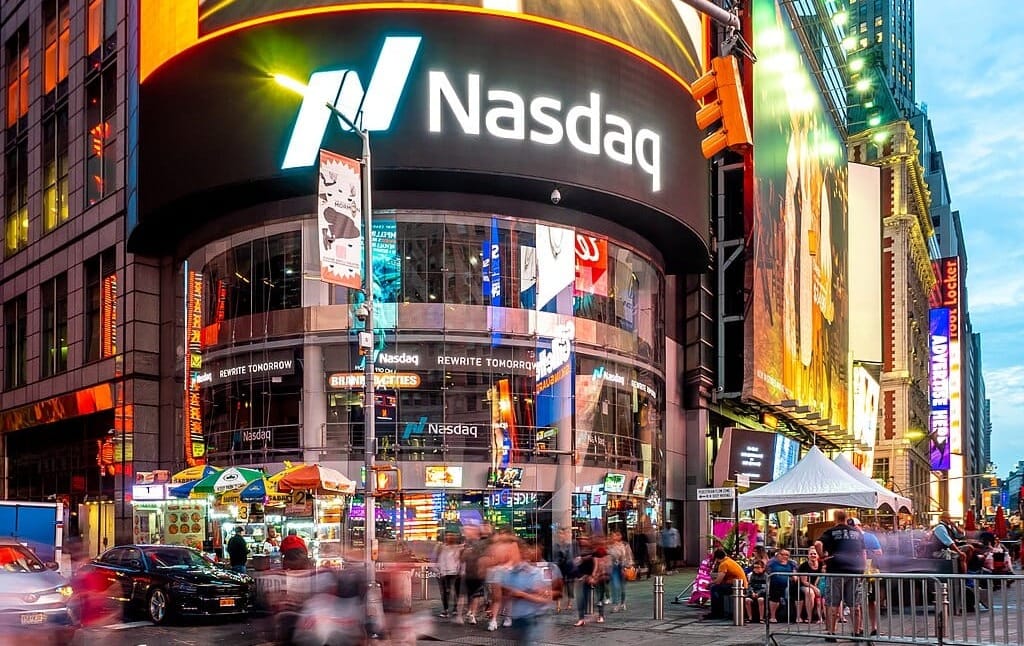Yat Siu on Stablecoins, Institutional Adoption, and Asia's Web3 Moment



Singapore has always been good at being a bridge. Between East and West, between regulation and innovation, between the world as it is and the world as it could be. Last week, that role was on full display as Blockhead hosted "The Future is Stable: A Fireside Chat with Yat Siu" — an evening that drew investors, builders, and Web3 leaders to discuss one of the most consequential shifts happening in digital assets today.
The timing couldn't be more apt. As regulatory frameworks crystallize globally and institutional players move from skepticism to serious engagement, stablecoins have emerged as the foundational infrastructure connecting traditional finance with decentralized systems. And in Asia, particularly Hong Kong with its HKMA stablecoin licensing regime, the race to become the gateway for institutional capital is well underway.
Setting the Stage
Windsor Sze To, strategic account manager at Huawei Cloud opened the evening by framing stablecoins as more than a technological innovation.
"Stablecoins are more than just a digital asset. They represent a new kind of trust — a bridge between the familiar world of traditional finance and the emerging world of Web3," he said. "They bring stability to innovation, and they hold the promise of making global commerce more open, more inclusive, and more real-time than ever before."
He continued: "At Huawei Cloud, we believe the real breakthroughs happen not in silos, but at these intersections — where technology meets trust, where ecosystems converge, and where communities like this one come together to imagine what's next."
Leo Zhu, cofounder and CEO of AI gateway platform AgentsFlare, echoed this vision of convergence: "We're entering an era where intelligence and value flow together. AgentsFlare is building the rails for that — where every AI agent can understand context, take action, and settle value autonomously."
The heart of the evening was a fireside chat between Yat Siu, chairman and co-founder of Animoca Brands, and Aaron Gwak, founder and CEO of Libeara. Held under Chatham House Rules, the discussion ranged across two major themes: institutional stablecoin adoption and the global digital asset investment outlook.
Stablecoins as Settlement Infrastructure
The conversation explored how stablecoins are enabling transactional activities that were previously impossible — forming what could be the early innings of a truly global settlement layer. The global mobility of stablecoins, operating across borders without the friction of traditional banking rails, represents a fundamental shift in how value moves.
This disruption isn't going unnoticed. The banking infrastructure that has dominated global finance for decades is facing a genuinely threatening alternative, one that's causing the biggest financial players to not just pay attention, but to get directly involved. The discussion touched on how institutional players are moving from observation to participation as regulatory clarity improves — particularly in jurisdictions like Hong Kong.
Alrick Oh, director of Web3 business consulting firm Berru, noted the practical impact: "Stablecoins are moving beyond the Web3 space in Asia as more businesses see their value in streamlining operations. At Berru.co, we've helped many clients navigate compliance and regulatory challenges, and we expect clearer global frameworks to further accelerate adoption among large enterprises."
Asia's role in this transformation was a central thread. As Western markets grapple with regulatory uncertainty, Asian hubs are positioning themselves as centers of innovation and institutional adoption, potentially reshaping global capital flows and accelerating the integration of blockchain technology into mainstream finance.
Investment Themes and Where Capital is Flowing
The second half of the conversation surveyed the digital asset investment landscape in 2025. With Animoca Brands' extensive portfolio spanning gaming, NFTs, infrastructure, and tokenization, and Libeara's focus on real-world asset tokenization, the dialogue offered perspective on where innovation and capital are converging.
Key sectors discussed included gaming ecosystems, the tokenization of real-world assets, and Web3 infrastructure. The conversation examined not just what's being built, but how different regions are approaching these opportunities — and where the next wave of growth might emerge.
The digital asset economy is maturing rapidly, and the questions facing the industry now are less about whether blockchain will matter and more about how it will reshape commerce, ownership, and value transfer in the years ahead.
Stablecoins sit at the center of that transformation. They're the connective tissue between the familiar and the new, the regulated and the experimental. And as regulatory frameworks take shape and institutional adoption accelerates, the decisions made now will echo for years to come.
Elsewhere
Podcast
Trends, Tokenization & Treasuries: Cardano's Frederik Gregaard Talks Enterprise Adoption
In town for Token2049, Fredrick Gregaard, CEO of the Cardano Foundation, joined host Takatoshi Shibayama in the studio to discuss the evolution of the crypto space, highlighting how Cardano is maturing into a decentralized critical infrastructure layer, designed to support a wide range of applications beyond simple value transfer.
We're a media partner for the upcoming Singapore Fintech Festival! Use the promo code SFFSMPBH for 20% off all delegate passes at this link !

Kraken Acquires CFTC-Regulated Small Exchange for $100M
Crypto exchange aims to build unified U.S. derivatives platform as traditional firms reassess Americ...

Taiwan Stablecoin Payments Firm OwlTing to Begin Nasdaq Trading Thursday via Direct Listing
Blockchain company pivoted from food traceability to stablecoin payments as it becomes rare Asian fi...

Bitcoin Tests $110K Floor as Whale Sales, Put Demand Surge
Your daily access to the backroom...

